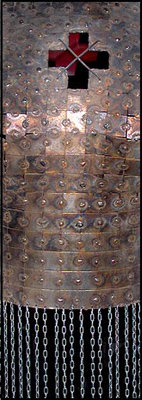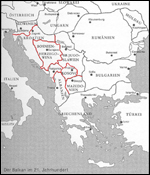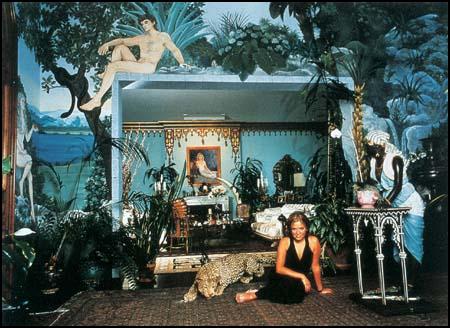“Dust”
Dust was supposed to be one of “the” films: the most expected one, disputed between the festivals, starting with huge difficulties and even more incredible events during the shoot, provoking controversy, on purpose perhaps, and with actual political background for the film story.
At the time of Milcho Manchevski’s debut feature film, Before the Rain, which won the Golden lion at the Venice Film Festival in 1994, the crisis in the Balkans had reached its culmination point when Sarajevo under siege: peace in these remote areas of Europe being more than uncertain.
Macedonia, homeland of Milcho Manchevski, was one … Read more








